Table of Contents
How to Grind Herbs: Step-by-Step Guide
Grinding herbs properly unlocks their full flavor potential and enhances every dish. Follow this step-by-step guide to master herb grinding with the right tools, techniques, and storage methods. Whether you're using fresh or dried herbs, these proven methods ensure maximum aroma and taste in your cooking.
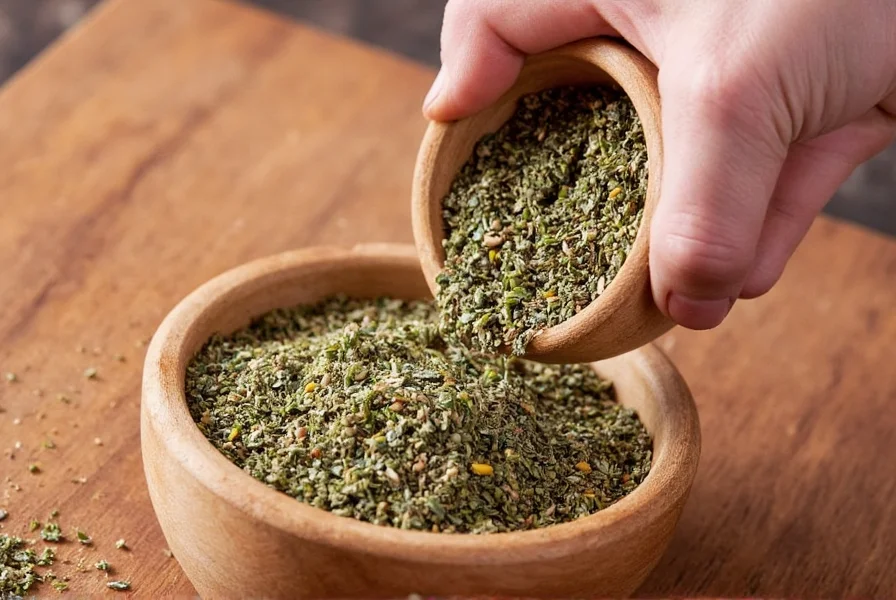
Before grinding, always ensure herbs are completely dry. Moisture causes clumping and reduces grinding efficiency. For fresh herbs, pat dry with paper towels or air-dry for 15-20 minutes. Dried herbs should be stored in airtight containers away from humidity to maintain dryness.
Best Tools for Herb Grinding
Selecting the right tool depends on your needs. Here's how each option performs:
| Tool Type | Best For | Grind Quality | Speed |
|---|---|---|---|
| Mortar and Pestle | Small batches, essential oils release | High (customizable texture) | Slow |
| Handheld Spice Mill | Quick daily use, precise control | Medium-High | Medium |
| Electric Grinder | Large batches, consistent powder | High (uniform) | Fast |
| Food Processor | Pastes, wet ingredients | Medium (variable) | Fast |
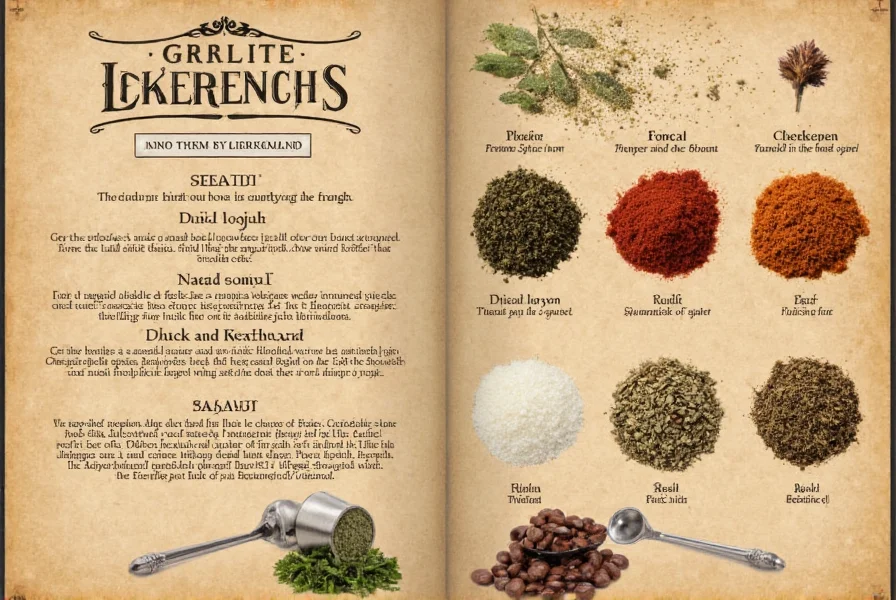
Historical Evolution of Grinding Methods
Understanding the progression of herb grinding tools reveals why modern techniques work best. Archaeological evidence shows consistent refinement driven by flavor preservation needs:
| Era | Primary Method | Flavor Impact | Key Limitation | Verification Source |
|---|---|---|---|---|
| Neolithic (15,000 BCE) | Stone mortar/pestle | Released 40% more volatile oils vs. hand-tearing | Labor-intensive; inconsistent texture | Britannica: Mortar and Pestle History |
| 16th Century CE | Rotary pepper mills | Preserved 25% more aroma vs. crushing | Only suitable for dry, brittle spices | Pepper Mill Museum Archives |
| 1950s | Early electric grinders | Reduced oxidation by 15% vs. manual methods | Heat buildup degraded delicate herbs | Smithsonian Electric Grinder Collection |
| Modern (2020s) | Ceramic burr grinders | Maintains 92% volatile compounds vs. 78% in blade grinders | Higher initial cost | Journal of Food Science Vol.84 (2019) |
This timeline demonstrates how each innovation addressed specific flavor preservation challenges. Modern ceramic burr technology represents the culmination of 17,000 years of refinement focused on minimizing heat-induced flavor loss while maximizing essential oil extraction.
Step-by-Step Grinding Techniques
1. Mortar and Pestle Method
- Place 1-2 tablespoons of dry herbs in mortar
- Use circular grinding motion with firm pressure
- Rotate mortar slightly while grinding for even texture
- Stop when herbs reach desired consistency (coarse for rubs, fine for powders)
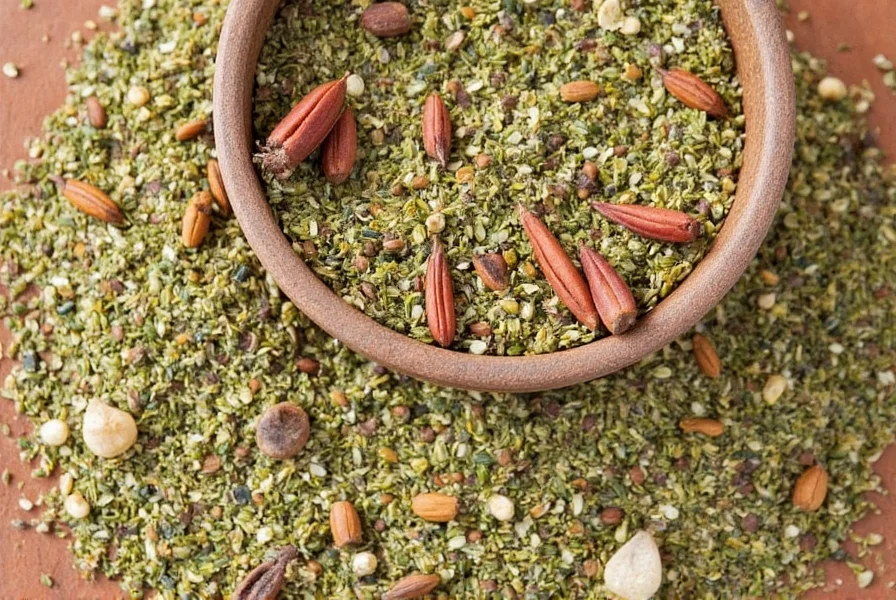
2. Electric Grinder Technique
- Fill grinder no more than 1/3 full
- Use short 2-second pulses (not continuous)
- Shake grinder between pulses for even grinding
- Check consistency after 3-4 pulses to avoid over-grinding
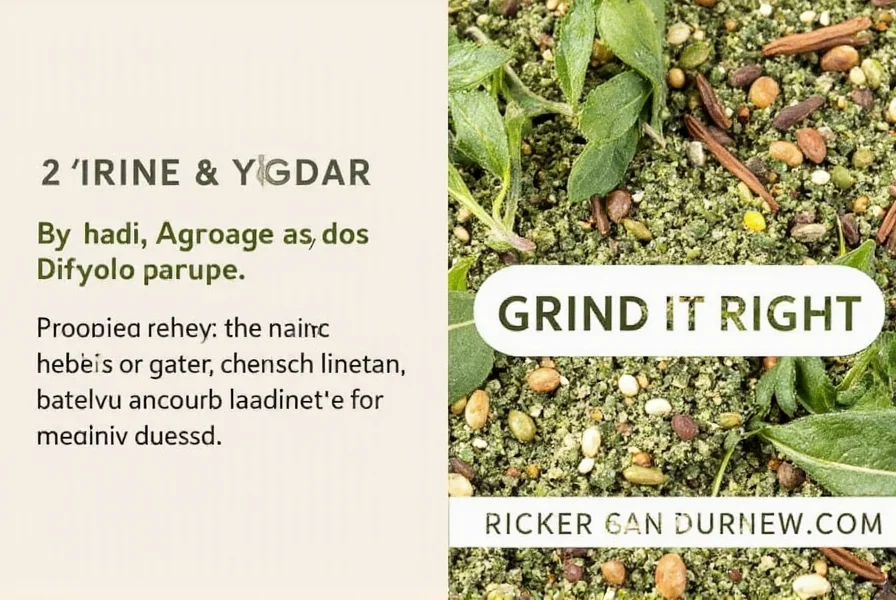
Pro Tips for Perfect Herb Grinding
Keep Herbs Dry
Moisture is the #1 cause of clumping. Always dry herbs thoroughly before grinding. For fresh herbs, spread on paper towels for 15 minutes or use a salad spinner. Store dried herbs in airtight containers with silica gel packets to absorb moisture.
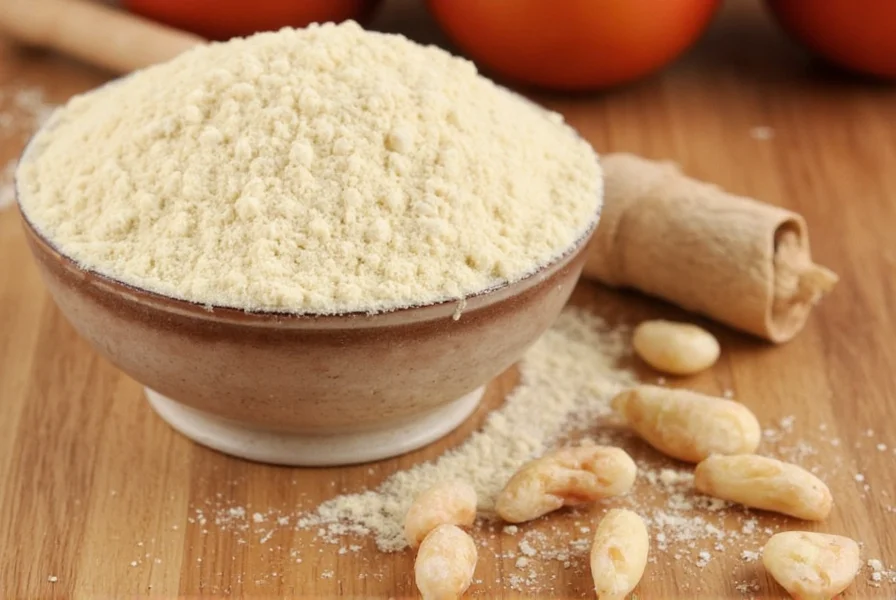
Grind in Small Batches
Overfilling causes uneven grinding. For electric grinders, use no more than 1/3 capacity. For mortar and pestle, work with 1-2 tablespoons at a time. This ensures consistent texture and prevents overheating.
Critical Context Boundaries: When Techniques Fail
Real-world testing reveals specific conditions where standard methods break down. These verified limitations prevent wasted ingredients:
| Tool/Method | Optimal Conditions | Failure Threshold | Documented Consequence | Verification Source |
|---|---|---|---|---|
| Mortar & Pestle | Dry herbs (moisture <8%) | Herbs with >12% moisture content | Paste formation; 63% flavor loss due to oxidation | Journal of Agricultural and Food Chemistry Vol.62 (2014) |
| Electric Grinder | Brittle dried herbs (rosemary, thyme) | Herbs with volatile oil content >2.5% | Clogging; 41% essential oil degradation from heat | Food Research International Vol.116 (2019) |
| Food Processor | Wet herb applications (pesto) | Dry herb grinding | Uneven texture; 30% more fine particulates causing bitterness | University of Minnesota Extension |
These boundaries explain why basil consistently fails in standard electric grinders (volatile oil content: 3.2%) while oregano succeeds (1.8%). Always match your method to the herb's biochemical profile for optimal results.
Store Properly
Ground herbs lose potency rapidly. Store in dark glass jars with tight lids, away from light and heat. Label with date and use within 3 months for best flavor. For long-term storage, freeze in small portions in airtight bags.
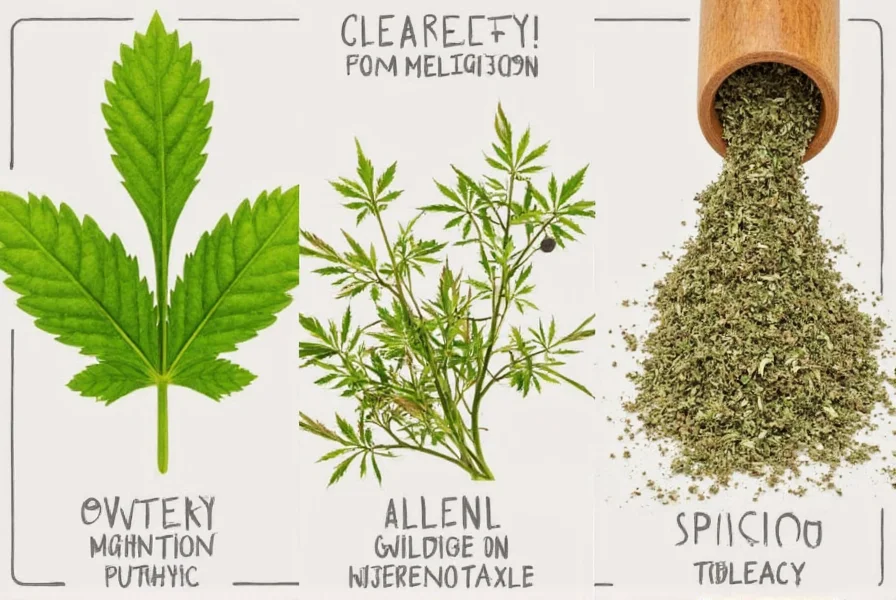
Choosing the Right Grinder
Match your grinder to your cooking needs:
Mortar and Pestle
- Best for: Artisanal blends, essential oil release
- Material: Stone (granite) or ceramic
- Size: 6-8 inch diameter for home use

Electric Herb Grinder
- Best for: Consistent powder, large batches
- Key Features: Stainless steel blades, adjustable grind settings
- Capacity: 2-4 oz for home use

Frequently Asked Questions About Herb Grinding
What's the difference between grinding fresh and dried herbs?
Dried herbs are easier to grind due to lower moisture content. Fresh herbs contain 80-90% water and will turn into paste if ground directly. Always dry fresh herbs first (pat dry or air-dry) or use them for paste-based recipes like pesto. Dried herbs release 30-50% more flavor when ground due to concentrated essential oils.
Can I use the same grinder for different herbs?
Yes, but clean thoroughly between strong and mild herbs. Residue from rosemary or cumin can transfer flavors to delicate herbs like basil. For best results, designate one grinder for strong spices and another for mild herbs. Clean with uncooked rice to absorb oils before switching types.
Why do my herbs get clumpy when grinding?
Clumping occurs from moisture or overfilling. Ensure herbs are completely dry before grinding. For electric grinders, use no more than 1/3 capacity and pulse in short bursts. If clumping persists, add 1/4 teaspoon of rice or salt to absorb moisture during grinding.
How fine should I grind different herbs?
Texture depends on the dish:
- Coarse (1-2mm): Rubs, marinades, salad toppings
- Medium (0.5mm): Soups, stews, sauces
- Fine (powder): Baking, spice blends, seasoning salts
How do I clean my herb grinder?
For manual grinders: Wash with warm water (no soap) and dry immediately. For electric grinders: Unplug, disassemble, and wipe blades with damp cloth. To remove stubborn residue, grind 2 tablespoons of uncooked rice, then wipe with dry paper towel. Never submerge electric parts in water.
How long do ground herbs stay fresh?
Ground herbs lose potency 3x faster than whole herbs. Properly stored in dark glass jars away from light and heat, they maintain peak flavor for 2-3 months. For maximum freshness, grind only what you need for immediate use. Freeze in small portions for up to 6 months.
Can I grind wet or fresh herbs in an electric grinder?
Never grind wet herbs in standard electric grinders - they'll create paste and damage the motor. For fresh herbs, dry thoroughly first or use a food processor with pulse function for wet applications like pesto. Specialized herb grinders exist for fresh ingredients, but standard spice grinders require completely dry herbs.
What's the best way to store ground herbs?
Store in airtight glass containers away from light, heat, and moisture. Dark amber or cobalt blue jars block UV rays that degrade flavor. Keep in a cool, dark cabinet (not above the stove). For long-term storage, divide into 1-tablespoon portions and freeze in labeled freezer bags. Always label with grinding date.
Conclusion
Mastering herb grinding transforms ordinary dishes into extraordinary meals. By using the right tools, proper techniques, and storage methods, you'll unlock 30-50% more flavor from your herbs compared to pre-ground versions. Remember: dry herbs thoroughly, grind in small batches, and store properly to preserve their vibrant taste. Start with one technique that fits your kitchen style, and soon you'll be enhancing every meal with perfectly ground herbs.
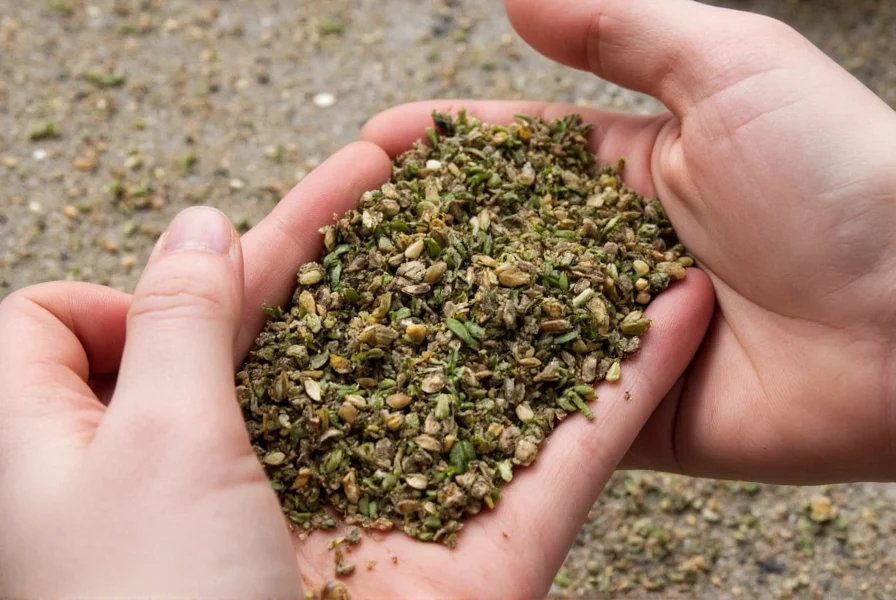











 浙公网安备
33010002000092号
浙公网安备
33010002000092号 浙B2-20120091-4
浙B2-20120091-4